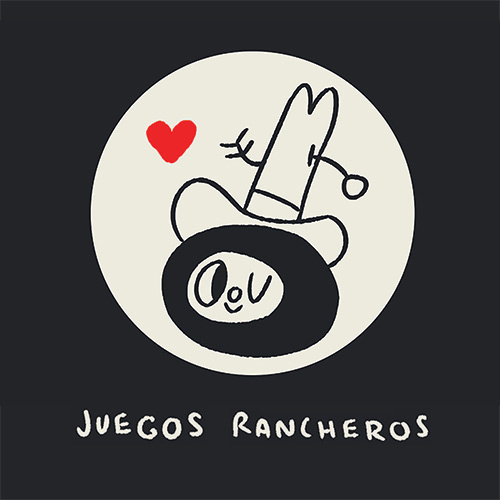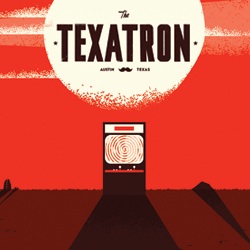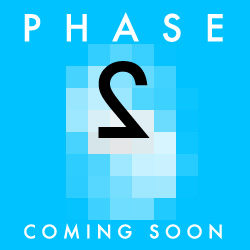AUSTIN INDIE SUMMIT: THE SUCCESSFUL CONSTRUCTION OF FANTASTIC CONTRAPTION
Watching Fantastic Contraption creator Colin Northway speak, you get the sense that he’s discovered the magic formula, and despite the confidence that his undeniable success allows (he’s converted, he figures, about 0.5% of the 3.1 million players he’d gained by the end of October 2008 into $10 paying customers [basically: cut those millions in half, move the decimal point one to the left, and put a dollar sign in front]), you get the sense that that success came as a surprise to him as much as anyone.
In what was easily the most entertaining session of the first day of GDC Austin’s Indie Games Summit, Northway guided his audience through the rise and rise of the construction-puzzle game’s development and near-instant user-crush in the form of a literally-bug-squashing timeline platformer, with his own mutton-chopped mug perfectly pixelated by I Wish I Were The Moon/Today I Die‘s Daniel Benmergui, and offered a number of guidelines for other developers hoping to mirror his accolades.
1.) Make your game in Flash
Northway draws a fine distinction between ‘Flash games’ (games where you “launch kitties into a spiky thing”) and ‘games written in Flash’, but he’s an evangelist for the platform more than anything because “the content discovery problem has been solved” compared to consoles, the iPhone, etc. Forums, emails, all pre-existing internet communities will do the work of keeping your game’s name in front of other people, whereas, say, with the iPhone, “making money is hard to do if Apple doesn’t spray the money hose on you.”
2.) Make your game “live online”
All of those user good graces will be short lived, though, if your game doesn’t make it easy for them to spread. Northway repeatedly conjured the idea of letting your game “live on the internet”, something he’s done by keeping user-made creations in a database accessible by a friendly URL, rather than 10-line encoded data URLs, that can be passed easily from player to player in emails and forum posts. But also, he notes, you get “no grace from people on Flash, versus a downloaded game” — because they have no time invested in your game other than loading it in their browser, you need to “spoon feed them for the first five minutes” to ensure they don’t leave as soon as they’ve arrived. “Take people who hate you and put them in front of your game,” he said, “and write [those first five minutes] specifically to them.”
3.) Leverage “pride based marketing”
Here’s where Northway’s advice gets more genre specific, or perhaps where it can urge designers to expand their designs to capitalize on what he’s found: because Contraption lets users pass their intricately built puzzle solutions to each other, and because he’s made that easier with his advice above, his players are “really keen on sharing something they’ve built”. Using this “pride based marketing” to your advantage will “pay off so well for you in the way your game spreads.”
4.) Make a free game that gives players ‘a tote bag’ if they pay
While Contraption asks for money as soon as you hit its home screen, the game’s spread more easily because it’s always been reviewed as a free game, with some 10 hours of play given away. What Northway does is give players a thing when they buy it — in this case, access to level editors and its library of 40,000 user-made levels for that $10 fee (likening it to a PBS model of watching 9 hours of Red Dwarf, but getting spurred on to pay for that content by getting a tote bag). And while he has only converted that 0.5%, that’s not far off from piracy numbers he’s heard quoted elsewhere. Surprisingly, only five percent of the people who’ve paid have gone on to actually use the level editor, even once.
Northway saw his game go from release (with zero spent or expended in the way of PR or press outreach) to 20,000 users in his first weekend (spent lazing around on the couch) to 1.1 million in its first month (spent still working at his ‘real’ job, watching the first PayPal emails dinging in and saying “some human being thinks you’re worth $10”) to that 3.1 million before publisher inXile (also currently operating similarly viral web-diversion Line Rider) assumed control of the operation.
There seem to be other factors he doesn’t mention that have aided in its success (taking something as daunting as physics-heavy construction kits and making it friendly with its flat, bubbly thick-vector interface), but, as was echoed by a number of indie devs following the session, Northway’s model and story seems to be precisely the way that indie development should, as in, is meant to work.
See more posts about: Offworld Originals






